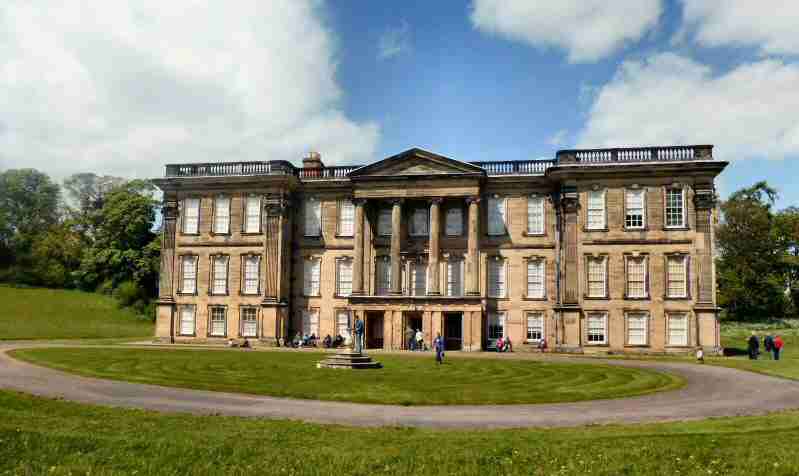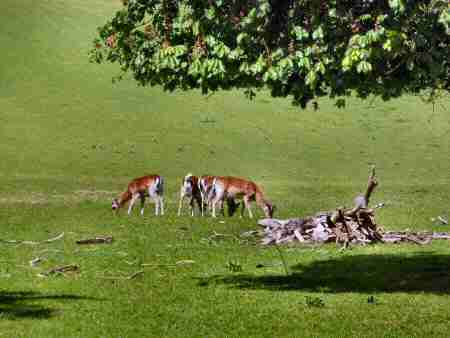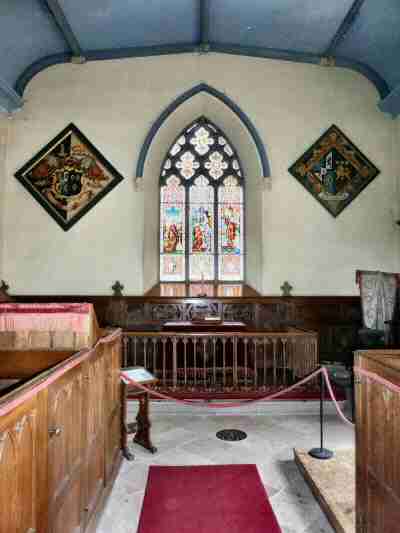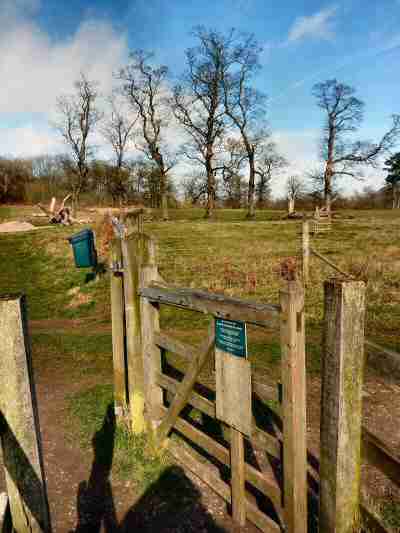
INFORMATION
Where is it? – The abbey’s main entrance is off the A514 at Ticknall. There is a charge for non-National Trust members. Before visiting obtain details of times and dates that the house and gardens are open. Calke Village is off Melbourne to Staunton Harold Road (SK356240).
What to do? – It is free to walk the footpaths in the park and explore the National Nature Reserve. – In addition, you can take a stroll around the beautiful walled garden. – Visit the house and discover the tales of an eccentric family who amassed a vast collection of hidden treasures.
Where to eat? – The National Trust Tearooms at Calke Abbey are extensive and offer inside and outdoor facilities. – At the Staff of Life public house on Ashby Road at Ticknall. As the name indicates bread was once baked on the premises. In the 1800s it was known as ‘The Loaf and Cheese.’ It now concentrates on serving food and drink and providing accommodation.
Other places to visit – Ferrers Art and Craft Centre, located in the Georgian Stable Block of Staunton Harold Hall. Where a wide range of goods can be obtained. Food is available in the centre and at the adjacent garden centre complex. – In addition, the grounds of the Staunton Harold Hall are home to the imposing Holy Trinity Church. Built-in 1653, with its fine panelled interior it is open to the public on a limited basis. For more information check the National Trust website.


PROFILE
The tiny village of Calke is situated in South Derbyshire, where a few houses line the road overlooking Staunton Harold Reservoir on the eastern side of Calke Park. The park with its 600 acres of ancient parkland is home to Calke Abbey, the second largest country house in Derbyshire after Chatsworth. The house was built for Sir John Harpur, the 4th Baronet, between 1701 and 1704, on the site of a 12th-century Augustinian Priory. It was renamed Calke ‘Abbey’ in 1808.
Private vehicles enter Calke Park from Ticknall. Although before Sir Vauncey Harpur Crewe, the last baronet of Calke died in 1924, guests arriving in motorised vehicles were transferred to horse-drawn carriages at the entrance so as not to disturb the wildlife. However, following the sudden death of Sir Charles Harpur-Crewe in March 1981, while out setting mole traps, the estate was crippled by death duties and the Abbey was handed over to the National Trust in 1985.
The Harpur-Crewes were a reclusive family and although Calke had been in their ownership since 1622, it remained a little-known and little-visited house. When the National Trust took it over, they found an amazing collection of old papers, natural history items, stuffed birds and animals, paintings and other objects left where they had been placed, half a century, or more ago. In the stable yard was a remarkable collection of carriages.
What excited the National Trust and members of the public about the acquisition of Calke was not the house itself, but the contents. Room after room revealed the extraordinary collection that the family had built up, then, seemingly when the room was full, just shut the door and left everything as it stood. Newspapers at the time carried editorials about ‘The house where time stood still’, capturing the public’s imagination to such an extent that the Trust’s appeal for a quarter of a million pounds quickly doubled.
Calke Park was designated as a Site of Special Scientific Interest in 1992 and a National Nature Reserve in 2004. Many of the trees at Calke are more than 400 years old, several at least 700 years old and two of the oaks are thought to be more than 1,000 years old. A wide range of birds can be seen in the park, encouraged by the many holes in the old trees that provide ideal nesting places. The park is also important for its fungi and as a habit for rare species of bats.
The attractive walled gardens created in 1773 are sited a short distance from St Giles Church. They consist of a kitchen garden, grassed over in the 1960s and a flower and physics garden. The well-maintained flower garden is a peaceful place to relax when the sun is shining. A herd of over one hundred fallow and red deer graze in a large fenced enclosure. A flock of rare Portland sheep, originally from Portland Bill in Dorset also roam the park.



